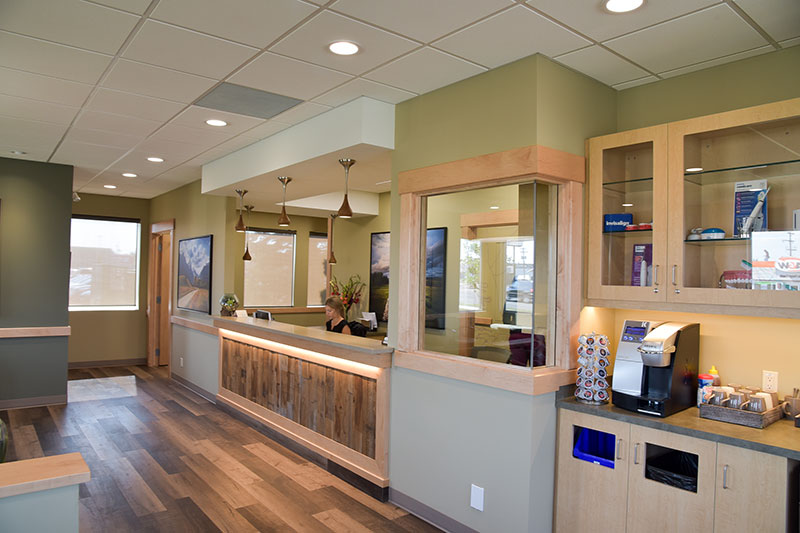3 Principles of Return On Design Investment (RODI)
Part II – TIME
How does design improve time management for your company?
It might sound unusual but a well-planned workspace can make it easier for staff to complete tasks more efficiently and effectively by working together collaboratively and creatively and have a positive effect on their health, wellbeing and engagement.
We’ll look at four key aspects of office design that can affect productivity:
1. Personal Workspace:
For some employees a disorganized workplace makes it difficult and time-consuming to tackle their to-do list. Others may prefer a messier environment and prefer a chaotic workspace. At Decca Design Inc. we take these preferences into consideration.
An open office layout is good for employee interaction but prone to noise and visual distractions that can make it difficult to focus on their work. There’s no perfect or “best” office layout but as long as the needs of your employees are prioritized, you’re on your way.


2. Ergonomics:
Poor desk setup can affect worker’s hands, wrists, joints and backs which will lead to absenteeism and additional costs for your business. For a typical desk-based office role, consider:
- Use a laptop or screen support so the monitor is positioned correctly, enabling you to adopt the best possible seated or standing position.
- Use a footrest if your feet can’t naturally rest on the floor.
- Use rests for the keyboard and mouse to make certain hands, wrists and forearms aren’t under strain.
3. Environmental Design:
Workplace design can have an impact on staff health and wellbeing beyond ergonomics. Consider these points when designing a work space:
- Poor ventilation and HVAC systems can lead to discomfort and health problems
- Inadequate lighting can lead to eye strain, fatigue, stress and headaches. Take advantage of natural lighting as much as possible.
- High noise levels make it difficult for employees to concentrate or meet with co-workers. Create a range of work spaces such as informal meeting areas and quiet nooks for deep work. This will make a big difference.
- Offices lend themselves to sedentary behaviour. When planning a new space, equip the business with bike parking, longer walks to the break rooms, or possibly showers to encourage staff to walk, run and cycle on breaks or to and from the office.


4. Types of working space:
Work spaces that allow employees to work individually should also allow communications and collaboration with others on the team. Desks separated by walls or cubicles discourage conversations between team members.
Consider how the workspace is decorated. Is it sterile and white? Do the wall colours reflect your company’s branding? Use plants to bring a sense of the outside, inside. Go beyond the basics of what people need to make your organization run smoothly by thinking about what makes them feel more creative, inspired and engaged at work. A splash of colour or some simple comfortable seating areas go a long way in bringing employee satisfaction.
We hope you stay with us when we present the third part of this RODI Three Part Series on MONEY.
Want to know more about what great design can do for you? Check out our website www.decca-design.com.

